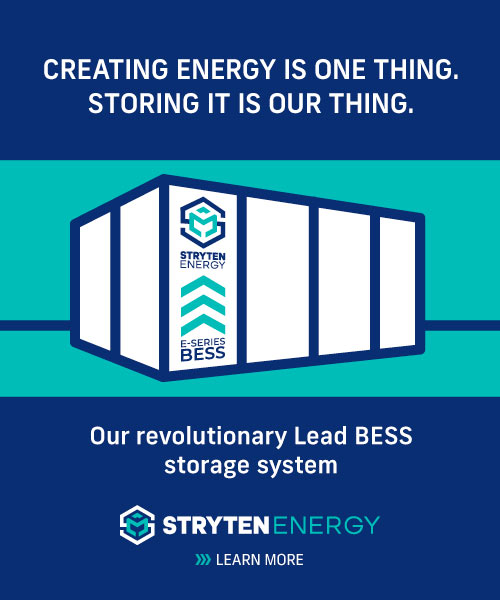Sparking Change
The CRE industry's accomplishments in energy management offer inspiration for stepped-up action.
By Paul Rosta
 In a typical commercial real estate transaction, $303,720 doesn’t buy all that much—an escalator, say, or maybe part of a hallway. But that modest figure still deserves a closer look. It pops up in a recent report published by the International Council of Shopping Centers. ICSC studied data from 1,135 retail centers and concluded that if an enclosed center ranking in the bottom 25 percent in its category improved performance, it could lower its bills by $303,720.
In a typical commercial real estate transaction, $303,720 doesn’t buy all that much—an escalator, say, or maybe part of a hallway. But that modest figure still deserves a closer look. It pops up in a recent report published by the International Council of Shopping Centers. ICSC studied data from 1,135 retail centers and concluded that if an enclosed center ranking in the bottom 25 percent in its category improved performance, it could lower its bills by $303,720.
Here’s a much bigger number to ponder: $3 billion. As Amanda Marsh reports in “Powering Bottom Line Performance,” commercial property owners could save that much each year by adopting green leases, according to The Institute for Market Transformation.
No recent trend in commercial real estate is more encouraging than the embrace of sustainable energy practices. Examples of this dedication abound. Dozens of leading property owners representing the office, retail, hospitality and industrial sectors have pledged to cut their portfolios’ energy consumption a whopping 20 percent by 2020 as part of the Better Buildings Alliance, a project of the U.S. Department of Energy.
Certification by programs like Energy Star and LEED is standard practice. Property management teams can choose from a steady stream of new products designed to promote efficient, cost-effective energy use. And green leases cover 1 billion square feet of space and counting. The inescapable impression is that the industry is on the right track.
While these accomplishments are deservedly a source of pride, they are far more important as inspiration. Possibilities for stepped-up action are numerous. The use of the Internet of Things as a means to improve energy performance is still in its infancy. To make energy upgrades pencil out for a greater number of properties, government agencies, lenders and investors will need to join forces and find new ways to finance improvements. Expanded benchmarking, boosting access to renewable sources, and cutting-edge strategies like zero-net development would all contribute.
Reaching these goals will take time, patience and resources, but the underlying issues also require a sense of urgency. Investments in sustainability dropped significantly during the last economic downturn, and the next one, whenever it comes, may once again tempt the industry to pull back. As the Great Recession reminded us, the best time to fix the roof is while the sun is shining.
Originally appearing in the October 2016 issue of CPE.








You must be logged in to post a comment.